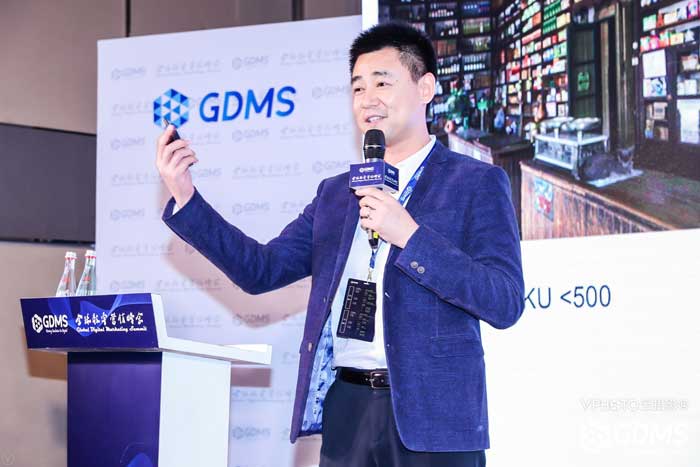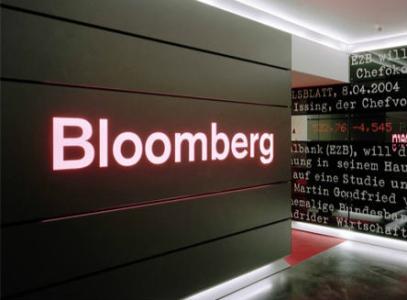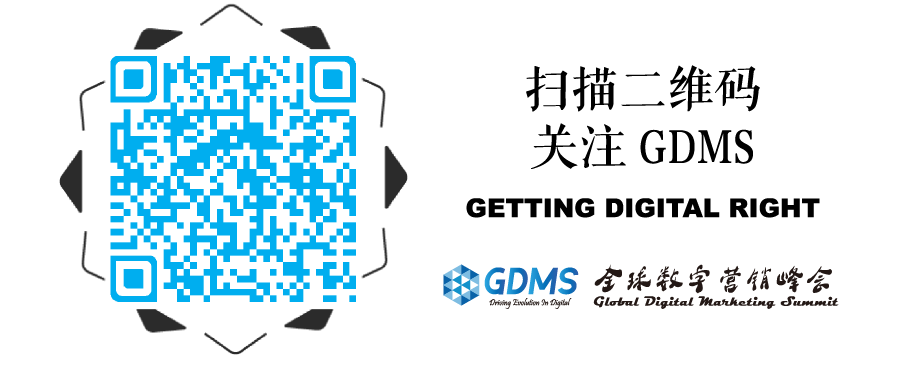On Dec 6, 2017, Starbucks’ much anticipated “Shanghai Reserve Roastery” opened its doors on Nanjing West Road. This largest Starbucks café in the world has a total floor space of 2700 square meters, following the opening of the first “Reserve Roastery” in Seattle in 2014.
After a busy opening, Starbuck China’s CMO Emily Chang appeared on the stage of the 4th annual Global Digital Marketing Summit the next day on December 7th – offering her professional insights on the “consumer experience” to marketers and business leaders in
attendance. Emily has many years of experience in managing teams in multicultural environments, organizational innovation and brand building. Prior to joining Starbucks, Emily served in management positions at Apple and IHG.
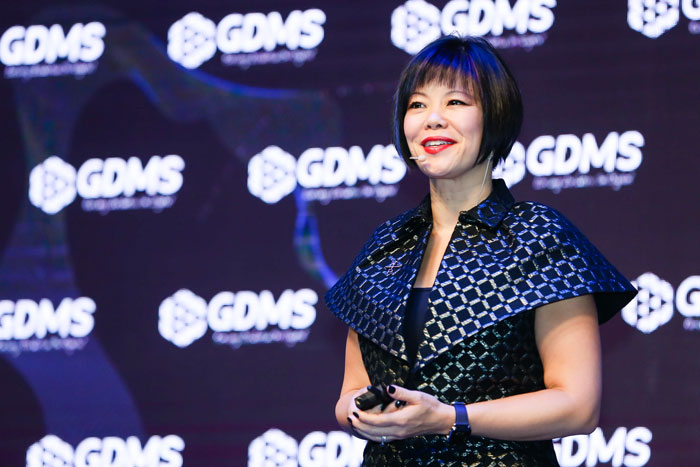
A few years back, marketers were still accustomed to BTL (below the line) and ATL (above the line) as marketing buzzwords, while the term O2O gradually emerged – which meant online to offline, or vice versa. Yet for Emily, this term has already become obsolete.
“I think O2O is an inaccurate expression, 2 signifies a one-way journey from one point to another. This is an over simplification and I believe O&O is more appropriate,” Emily stated.
Online
and Offline in the Age of New Retail
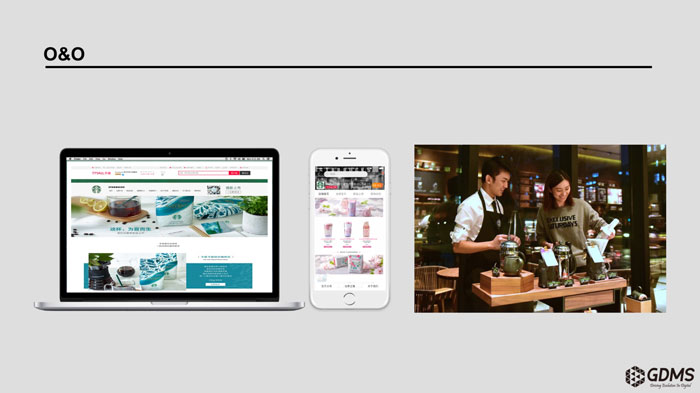
Before we create consumer experiences, we must think about the actual uses of online and offline.
If we think back to a week before “double eleven”, many people probably had the experience of browsing for discounted items online in their pajamas. Consumers are able to purchase almost any item anywhere and at any time. For any enterprise, the realm of online has become a crucial place to communicate and engage with customers – and this includes Starbucks.
“The coffee business is shifting towards mobile and digitization, and retailers who are fast and imaginative will be the winners in the industry.” – Kevin Johnson, CEO of Starbucks.
The consumer experience shift and words from CEO Kevin Johnson confirms the digitization of Starbucks, while Emily also touched upon Starbucks’ new social gifting platform on WeChat mini-programs, “I love to send a coffee to my friends, which is a great online interactive experience for our customers”.
As for offline, we must have a human touch and the service must come from the heart. “I probably wouldn’t buy a Dyson blow-dryer worth 500USD online. It is better to be able to test it and feel it first in an offline setting before you take it home.” Emily shared another example from her shopping experience in New York. “I went to this store which was decorated beautifully and smell wonderful, while the store clerks complimented that I looked great in the outfit I tried on, and finally poured me a class of champagne. This is the type of experience you can only find offline. We can educate online users through offline interactions, and also offer experiences that are uniquely from the realm of offline.”
So how do we unite online and offline? Emily believes that the key lies in how information from online is presented offline. “We have been telling the story of the coffee mug, from when coffee beans are selected from the source, and this already raises the expectations of consumers and we must also raise our service standards offline.” She went on to describe the various sensory experiences that Starbucks creates for its customers.
The New Retail Way for a New Kind of Coffee Store
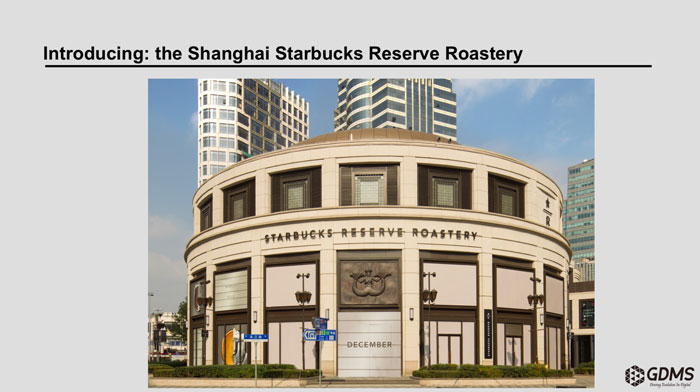
We must of course mention the much celebrated and recently opened Shanghai Reserve Roastery. Coffee and pastry are made onsite, and even the whole brewing process is on display. With the aid of Alibaba’s AR technology driving experience-oriented spending, consumers are now able to see the entire process from a coffee bean to the final cup, and even hidden details in the coffee pot and those behind the counter.
In her Keynote Speech at the Global Digital Marketing Summit, Emily introduced Echo Jiang – the Director of Roastery Consumer Experience at Starbucks China, who shared with the audience the Roastery’s opening and its consumer experience innovations. “At the Reserve Roastery, you will not only see the entire process from coffee bean to the cup, there are also a host of other related offerings onsite, including different pastries and bar areas, as well as hidden menu functions – which can all be purchased at the T-Mall store,” she said. “We also have a digital roadmap for consumers visiting the Roastery, so they will be clear about what is offered onsite in this coffee temple. This gives consumers an immersive experience both online and offline.”
Echo also spoke of the Roastery’s advance booking system. “We don’t want our customers to wait for long in line, so we encourage them to use their iPads to communicate in advance with our staff so they are taken care of when they arrive,” she added. The Roastery also launched a “pay and go” service in association with Alipay – whereby customers can pay via scanning of the QR code and wait to be notified via a message on the Alipay app when their coffee is ready.
Starbucks maintains its focus on the consumer experience in this unification of online and offline, and not the consumer journey. So what is the key difference? Emily shared her perspective in this summary of her speech, “the consumer journey is a single linear process with a start and finish, and with this mindset we are not actually aiming to create a great consumer experience. While at the Shanghai Reserve Roastery, we are tasked with offering a place where consumers can create any experience as they wish, which starts with the first cup of Starbucks coffee.”


